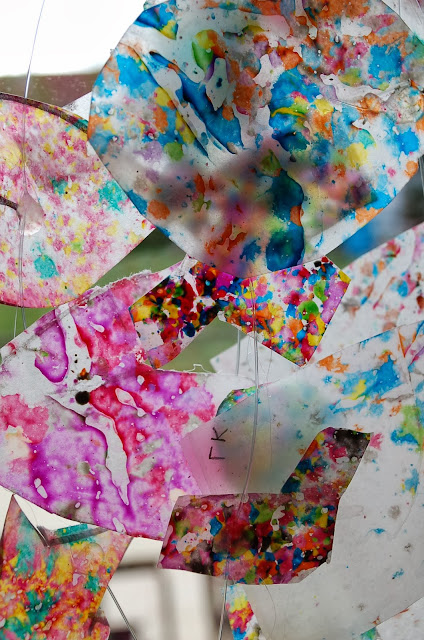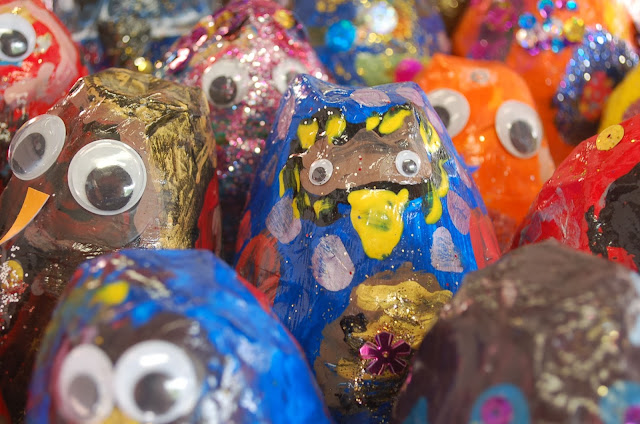There are quite a few lesson plans out there for this. I really wanted to paint in thick gold paint on black paper so I've based our lesson on the version posted on We Heart Art.
What you need:
- Gold Paint (we used a very thick acrylic paint called Dimension paint. This enabled the children to add the paint very thick in the style of Klimt)
- Black A3 paper
- Sequins
- Glue
- Metallic blue, purple, silver and white paint (optional)
- Discuss Klimt his work, his style and the "The Tree of Life" painting
- Pass out some handouts with simple steps on how to draw the tree
- Ask the children to try and fill their page with the spirals
- Add details with the other paints
- Add sequins (we did this after the paint had dried)
Love all that gold and colour from the sequins...
 |
| The Tree of Life by 5 to 9 year olds. |
Our artist of the week was Gustav Klimt of course!
 |
| The Tree of Life by Gustav Klimt, 1905 |
Cheers
Fiona







.JPG)

.JPG)


.JPG)







.JPG)









.JPG)
.JPG)
.JPG)
.JPG)
.JPG)
.JPG)
.JPG)
.JPG)
.JPG)
.JPG)
.JPG)
.JPG)
.JPG)
.JPG)
.JPG)
.JPG)